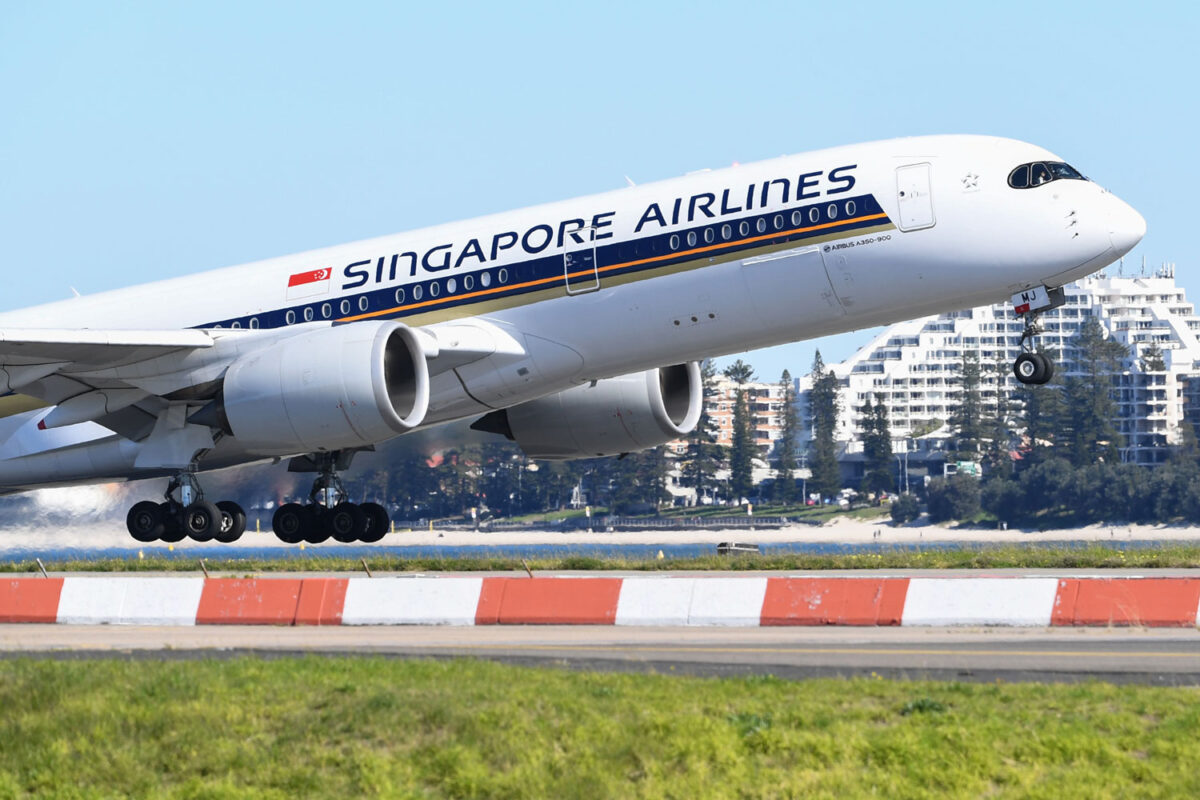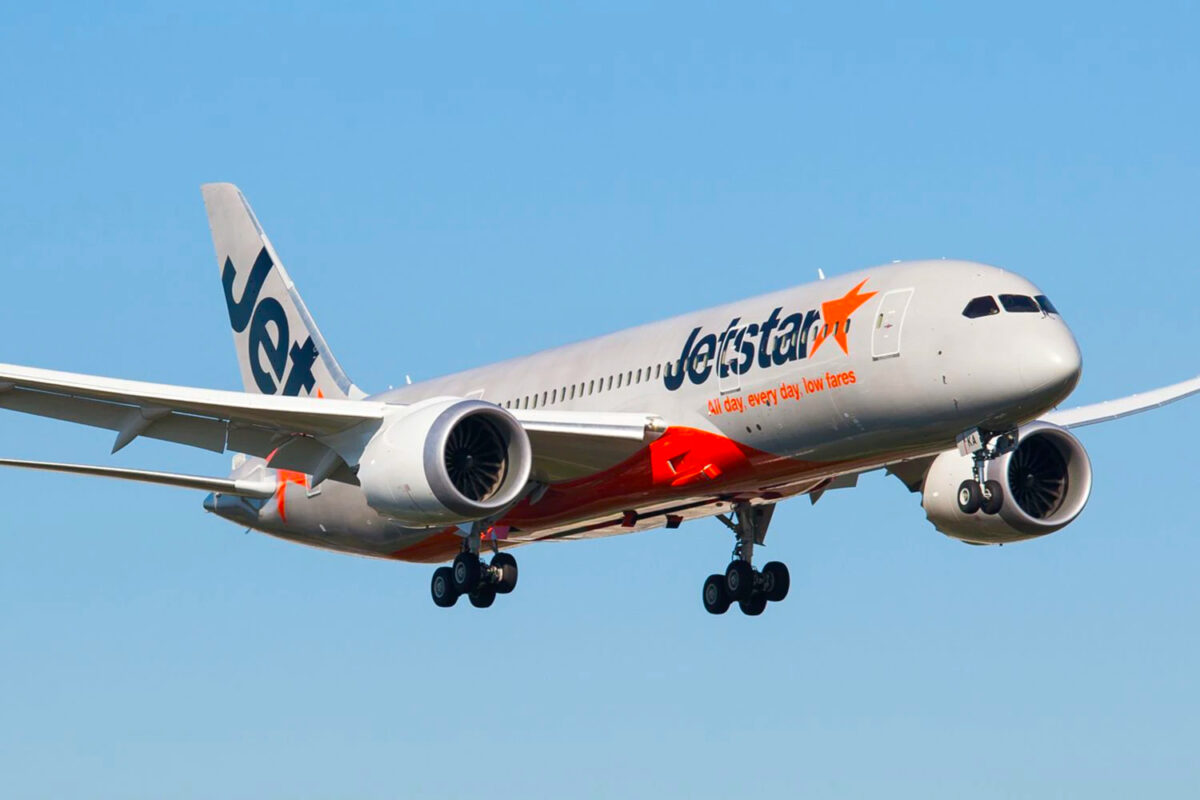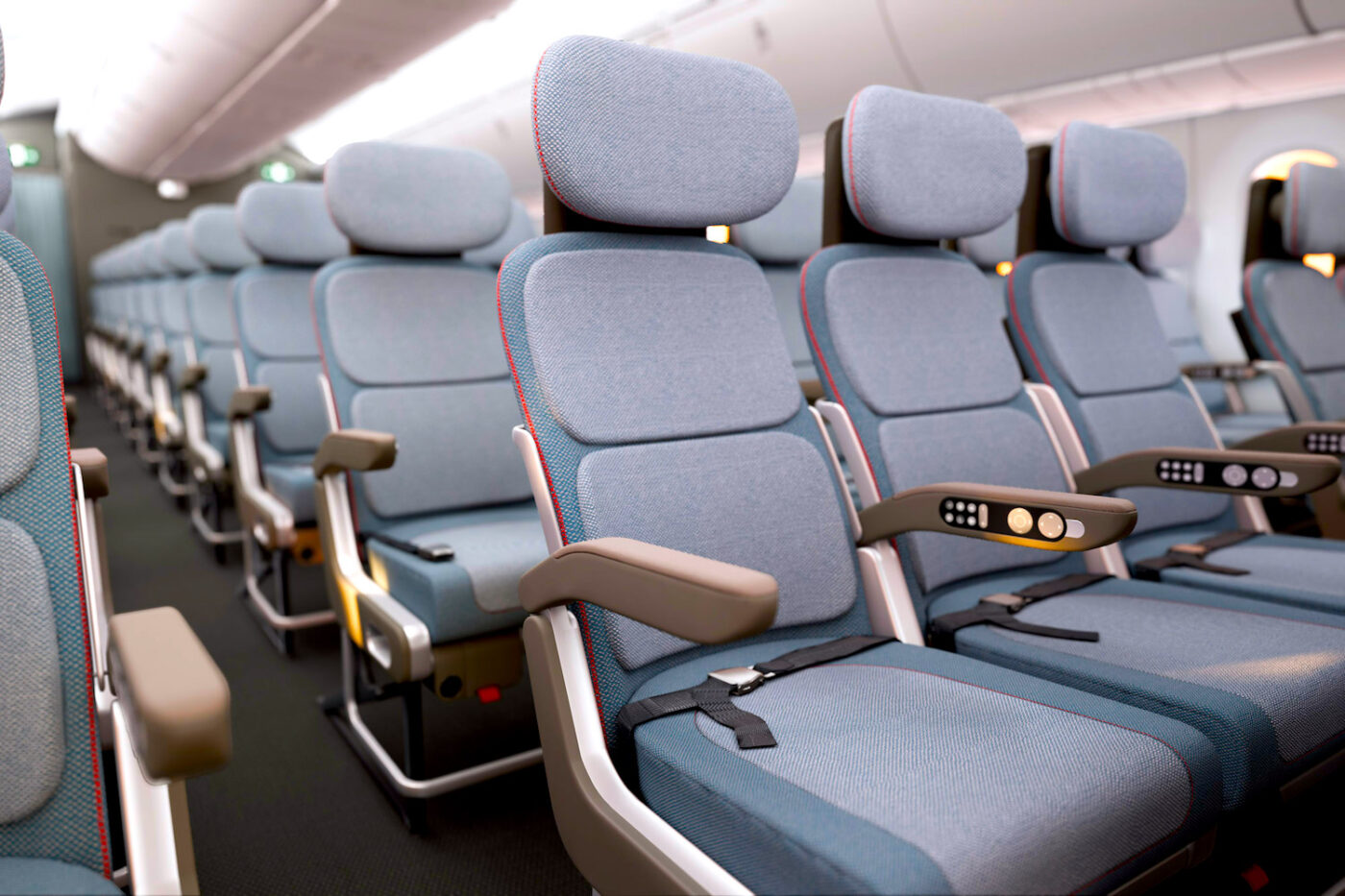Let’s face it: you’re never going to be spoilt for room to manoeuvre in economy, but its clear that some airlines take personal space a little more seriously than others…
Let’s face it: for many of us, business class, let alone fabled first class, will always be out of reach for much of our travelling needs. Save for a very special occasion or work trip, we’ll spend much of our time in the air relegated to the humble but not unpleasant world of economy… provided American lawmakers don’t ban it before we get there.
As such, we thought it was high time to round up all of the airlines that fly out of Australia and see which ones over the roomiest economy seats. So, with a little help from our friend Michael Gebicki at The Sydney Morning Herald, that’s exactly what we’ve done. Before we get into the details though, it’s important to take a longer view of how economy seat sizes have changed, as well as the people that park their humble backsides in them for hours at a time…
In this Economy Seat Size story…
Short For Time? Here’s The Best & Worst
| Biggest Economy Seat On An Australian Airline | Japan Airlines (83.8cm x 48cm) |
| Smallest Economy Seat On An Australian Airline | Jetstar (76.2cm x 43.2 cm) |
Are Economy Class Seats Getting Smaller?
Despite the commonly held belief that planes have become a lot more cramped over the past forty years or so, that’s actually not quite as true as you might think. Seat pitch has actually remained fairly consistent, but thinning out of seat backs — allowing more seats to be installed in the same cabin without comprising seat pitch — is a very real phenomenon. On top of this, not only are planes significantly fuller than they were back in the day — making the chances of having a very-welcome empty seat next to you severely reduced — but passengers are beginning to take up more room themselves…
WATCH: Looking to get a kip in? Take notes…
While legroom hasn’t seen significant changes, passengers’ body sizes definitely have. According to the Australian Institute of Health and Welfare, the percentage of overweight or obese men has risen from 63% in 1995 to 75% today, while the corresponding figures for women have increased from 47% to 60%. So while seats aren’t necessarily getting smaller, passengers are getting bigger, which has a similar net effect. Another thing to consider are the rapid developments in in-flight entertainment. While we’re definitely not turning up our noses at a nice big screen, all this tech takes up yet more valuable space.
Now that you’re up to speed on why economy seats are feeling a little more cosy, even if the seats themselves have barely changed at all, let’s get down to the nitty-gritty numbers…
Economy Class Seat Sizes For Australian Airlines
Qantas
Just to keep things complicated, Qantas offers different seat pitches and widths depending on the aircraft type…
On their Airbus A380-800 superjumbo used for the Sydney-London service, the seat pitch is 78.7cm, and the width is 44.5cm.
The A330-200 and A330-300 aircraft have the same seat pitch of 78.7cm, with the A330-200 offering a width of 43.7cm and the A330-300 providing a width of 43.2cm.
Qantas’ Boeing 787-9 Dreamliners, operating on long-haul routes such as Perth-London and New York via Auckland, offer a seat pitch of 81.3cm and a width of 43.7cm.
Singapore Airlines
All of Singapore Airlines‘ widebody jets have a seat pitch of 81cm and a seat width ranging from 44.5 to 48.3cm, while the newer A350s have a seat width of 45.7cm and the Boeing 787-10 Dreamliners offer a width of 44.5cm.

Delta Air Lines
Delta operates Airbus A350-900 aircraft between Los Angeles and Australia, all with a seat pitch of 78.7 to 81.3cm and a width of 45.7cm.
ANA
ANA offers a range of seat pitches, varying between 78.7 and 86.4cm on all their international flights.
The Boeing 787-9s in their fleet have a pretty generous seat pitch, although the width is a little compromised at a slim 44cm. For long-haul flights between New York and Tokyo, passengers on the Boeing 777-300ER have a seat width of just 43.2cm… sucks to be them.
Emirates
Emirates guarantees that no economy class seat on their widebody aircraft has a pitch less than 81.3cm. Seat widths range from 43.2 to 45.7cm, offering a pretty comfortable flying experience overall.
Qatar Airways
Qatar Airways‘ older Airbus aircraft — such as the A380s, A330s, and A340s — offer seat pitches of 81.3 to 83.8cm and widths of 44.5 to 45.7cm.
Qatar’s newer aircraft — including the 787 Dreamliners and some A350s — have a seat pitch of 78.7 to 81.3cm.
Most impressively, however, are their two-class Boeing 777-200LR aircraft, which provide the most spacious economy class seats: they boast a seat pitch at the top end of their range and a generous width of 48cm.

Cathay Pacific
Regardless of the aircraft type, Cathay Pacific’s widebody flights offer a pretty roomy seat pitch of 81.3cm, while the seat width varies from 43.7 to 47cm between the armrests, depending on vehicle.
United Airlines
United’s Boeing 787-9 aircraft — operating between Los Angeles and Australia — provide a middling seat pitch of 78.7 to 81.3cm, with a width of 43.9cm.
Japan Airlines
JAL’s Boeing 787-8 aircraft on flights between Melbourne and Tokyo’s Narita Airport offer a seat pitch of 83.8cm and a width of 45.7 to 48cm.
Passengers travelling from Sydney to Tokyo Haneda on the 787-9 can enjoy a similarly generous seat pitch of 83.8cm and a width of 48cm, making it the most spacious economy-class offering.
Jetstar Airlines
Jetstar — AUstralia’s most iconic and least reliable budget carrier — operates Boeing 787 Dreamliners on international flights. Their seat pitch is 76.2cm and the width is 43.2cm, making it by far the smallest among the airlines surveyed.

The Bottom Line
Personal space in economy class varies pretty greatly among Australian-operating airlines. Asian carriers like Singapore Airlines, Emirates, and Qatar Airways generally offer slightly greater seat pitches than their Asutralian-born and American counterparts like Qantas, United Airlines, and Delta Air Lines.
Japan Airlines stands out from the rest thanks to its generous seat pitch and width, while Jetstar provides a pretty paltry seat size, but that’s what you’d expect from a budget carrier — you always get what you pay for…
So remember, when it comes to economy class seats, it’s a battle for space in the sky. Whether you’re stretching out in Japan Airlines’ spacious seats or squeezing into Jetstar’s compact confines, one thing is certain: in the world of economy, personal space is the ultimate luxury.
